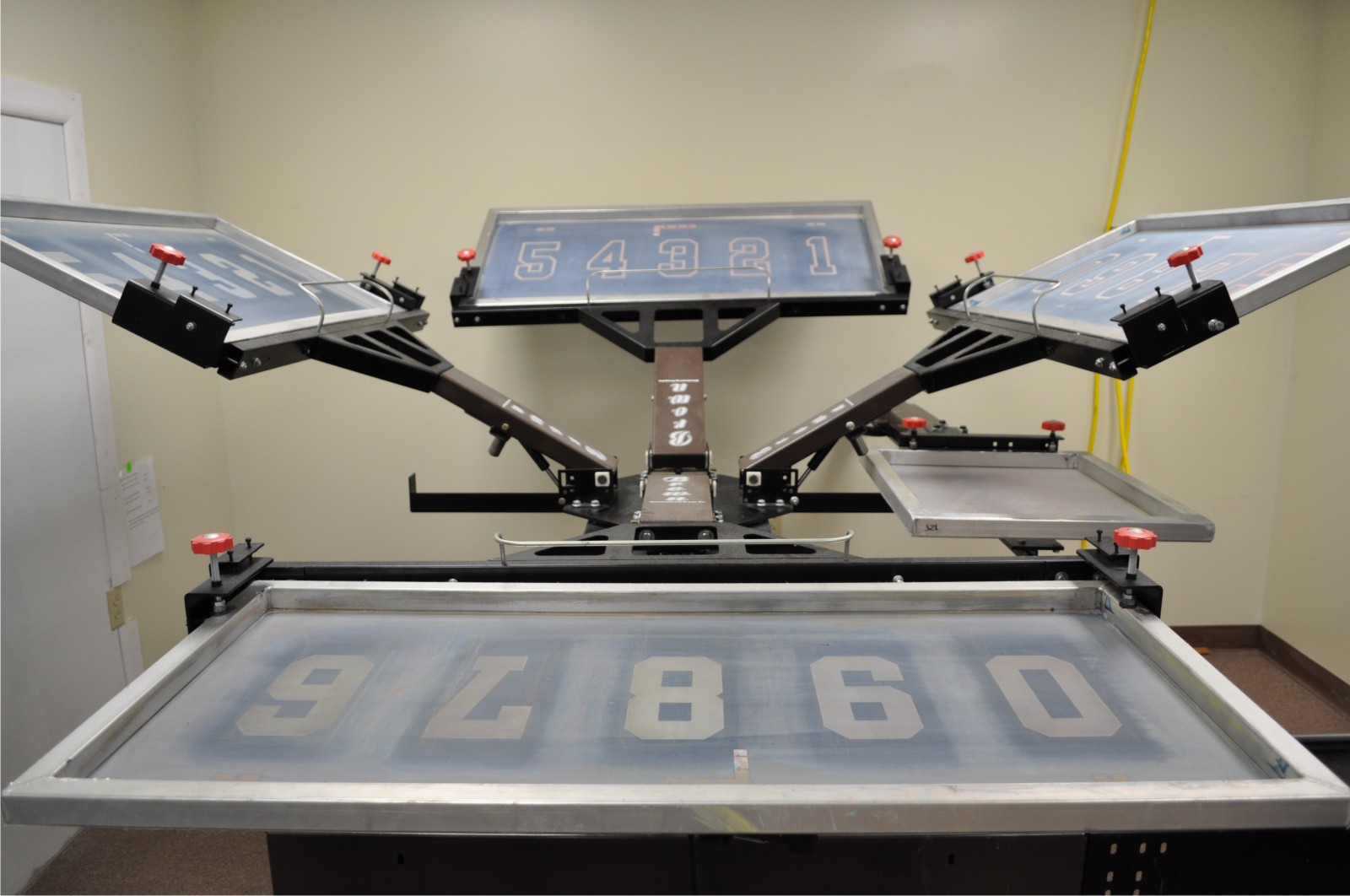

It rests in a nice soft, durable layer on top of the fabric, creating a unique raised design.Īt its most basic form, you can create screen-printed designs using a hand-cut stencil, a wooden frame with mesh stretched over it, and some plastisol ink. The special ink used for modern screen printing does not soak into the fabric of a shirt. Today, commercial shirt printers mostly use polyester mesh screens and viscous plastisol ink. Back then, artists used silk screens to apply the stenciled layers of ink. You may also see this process called silk screening because it is a quite ancient art form first perfected in Chinese culture thousands of years ago. After this, the inked design usually requires heat setting or curing.

The printer then applies the screen to the fabric. The basic process of screen printing involves preparing the negative space on the screen and then smoothing ink over that stencil. This process typically uses just two or three ink colors, as the printer has to apply each color in a separate layer, using a separate screen. This creates a thick, soft layer of ink on the t-shirt. Screen printing applies thick ink onto fabric through a negative of the design or through a stencil placed on a mesh screen.

Take the clean screen and coat that with a photosensitive emulsion, dry it with a light and then burn it with the artwork or design. The next steps are the basic steps for making a screen for silkscreen printing. To prevent your metal surface from any and all rusting add a layer of polyurethane with a sponge brush, this process will also seal in the metal surface but you must let the polyurethane dry completely before printing. Also to remove any and all grease or adhesive rub the metal with rubbing alcohol. To remove any discoloration or particles scrub the metal surface with the rough end of a sponge. First things first, you need to make sure the metal surface is clean and dry for this to work. Before you get started for best silkscreen results a light-colored flat surface works best for silkscreen.

Silkscreen is very popular on t-shirts and other fabrics but did you also know that you can silkscreen on metal surfaces? That’s right any basic screen printer can silkscreen metal with a few easy to follow steps.


 0 kommentar(er)
0 kommentar(er)
